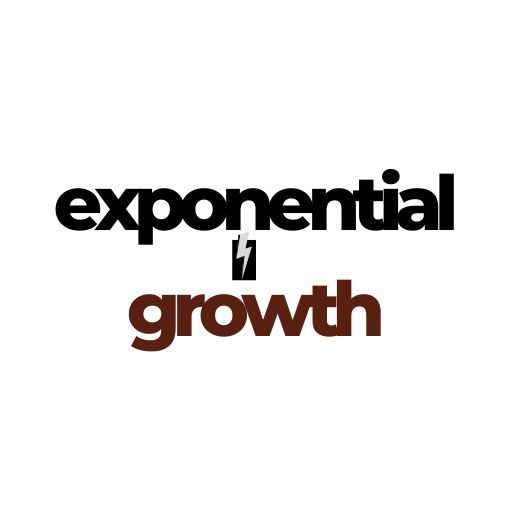- BlackRock Identifies 1% to 2% as Optimal Bitcoin Allocation
- Stick with diversified equity funds, avoid sectoral funds now: PPFAS Mutual Fund CIO Rajeev Thakkar – Money News
- Public companies’ “Coin Hoarding Trend”: Is Bitcoin becoming the new favorite for asset allocation?
- Mutual Funds NFO: Sebi fixes 30-day timeline for deploying funds raised from NFOs
- Tariffs will be top of mind for investors going into 2025
After a decisive result in the US election, the outlook for risky assets seems positive in 2025 with a soft landing in sight for the US and world economies, despite the potential for volatility ahead, according to Allianz Global Investors.
Bạn đang xem: AllianzGI Smiles On US Equities, Infrastructure In 2025
Stefan Hofrichter, head of global economics and strategy at
Allianz
Global Investors (AllianzGI), believes that it is time to
reconsider asset allocation – by moving along the risk
curve or adding illiquid assets such as private debt and
infrastructure.
Hofrichter thinks there will be a soft landing for the US
economy, in which inflation slows and recession is avoided. This
means holding on to risky assets, most obviously US
equities which, in his view, remain attractive despite
high valuations. He thinks sovereign bond yields are starting to
look attractive again after weakness in the autumn. “In a
market environment likely to be more dynamic than usual in the
months ahead, an active approach to managing portfolios will
be vital,” he said in a note.
Outside the US, Virginie Maisonneuve global CIO equity at
AllianzGI, highlighted how China recently announced a new $1.4
trillion stimulus package designed to help restructure local
government debt and support the economy’s move away from reliance
on the property sector. The size of the stimulus disappointed
some observers. However, the move is certainly a positive step,
with more action anticipated from the central government as
the direction of the new administration in Washington becomes
clearer. “Recent data in China points to a stabilisation of the
macroeconomic environment, and even a rebound in the case of the
financial sector,” she said.
In India, the situation is starkly different as the economy is
beginning to capitalise on its demographic dividend – a young and
increasingly skilled population – just as China is
starting to find its demographics a burden. “India currently
boasts several advantages which will enhance productivity across
sectors in the coming years,” she continued.
“Yet, it is the prospect of significant increases in tariffs and
other barriers to trade that has made the post-election
headlines,” she added. It is unclear to what extent US president
Donald Trump’s promises of blanket 10 per cent or 20 per cent
tariffs on all imports – and 60 per cent on those from China –
will become a reality. However, such measures could be
inflationary in the US and impact growth in Europe and China.
Maisonneuve expects the global megatrends to continue into 2025
and beyond. “Energy transition and sustainability factors are now
embedded in many market participants’ approaches, and any
potential rolling back of “green” policies in the US may not have
as much negative impact as some fear, given the momentum of
mitigation and adaptation underway,” she said.
Global supply chain redesign is another important theme given the
prospects of punitive tariffs, as well as the way in which new
technologies and geopolitical issues are driving some companies
to onshore or reshore production.
She expects that elevated volatility will continue into 2025.
While many investors favour a “barbell” approach – with
portfolios heavily weighted towards low risk at one end, and high
risk at the other – she favours breaking the barbell by
rethinking equity portfolio construction as a pyramid. “The base
of the pyramid – ie, the largest segment of any portfolio –
should take a multi-factor approach to absorb volatility.
Building on this, a second level should look for real quality
across styles: growth, value, and dividend,” Maisonneuve said.
Finally, at the top of the pyramid, she finds stocks reflecting
her high conviction ideas such as those tracking megatrends –
artificial intelligence and energy transition, for instance – and
regional plays such as investments in China and India.
Fixed income
Michael Krautzberger, global CIO fixed income, said that 2024 was
another rollercoaster ride for sovereign fixed income investors.
“It has been a story of diverging global growth, with the
relative outperformance of the US economy versus the rest of the
world remaining the key driver of global bond and currency
markets. Over the near term, the election of Donald Trump as
the next US president has reinforced this narrative given
expectations about future US fiscal and trade policy,” he said.
Nonetheless, inflation prospects have improved globally, with
core inflation rates inching back towards central banks’ targets
in the major markets. “This has reinforced expectations of an
interest rate cutting cycle across the G10 markets, providing an
anchor for sovereign bond markets through the course of the
year,” he continued.
Krautzberger believes that investors could consider moving along
the risk spectrum by reallocating assets that are held in cash or
low-risk money market funds to “medium risk” opportunities in
fixed income or private markets – counterbalancing high-risk
exposure areas.
Illiquid assets could also be an increasingly important tool for
diversification as growth in private debt and infrastructure is
accelerated by new rules in Europe to increase retail investor
inflows.
Private markets
Deborah Zurkow, global head of investments private markets,
believes that private debt and infrastructure will continue to
provide attractive opportunities. Following regulatory changes,
private markets are now more investable for more clients, which
comes with more responsibility to enable these new cohorts of
investors to make informed decisions. With more client groups,
more projects that need financing, and fewer players in private
markets, she expects to see many new projects and companies that
need financing. By their side will be like-minded partners with
proven, long-standing expertise and experience.
Zurkow thinks that investing in the future means investing in
infrastructure. From digitisation to energy transition in
addition to upgrading existing infrastructure, huge
investments are needed to accelerate progress and growth. She
expects more opportunities in 2025, particularly in
infrastructure debt.
Wrapping up, Gregor MA Hirt, global CIO multi asset, said an
agile approach to asset allocation will be crucial in 2025. “A
well-diversified portfolio is an important starting point, while
actively managing volatility will be key to building dynamic
protection,” he said. He thinks a likely disruptive environment –
and worrying levels of equity market concentration in places –
call for a focus on bottom-up security selection and active
investment management.
Nguồn: https://exponentialgrowth.space
Danh mục: News

